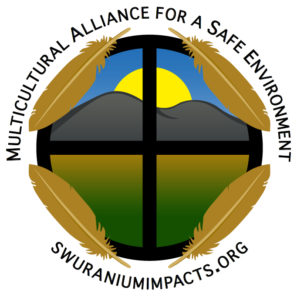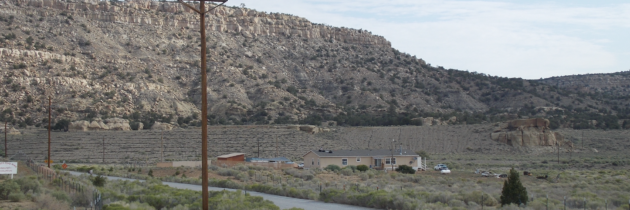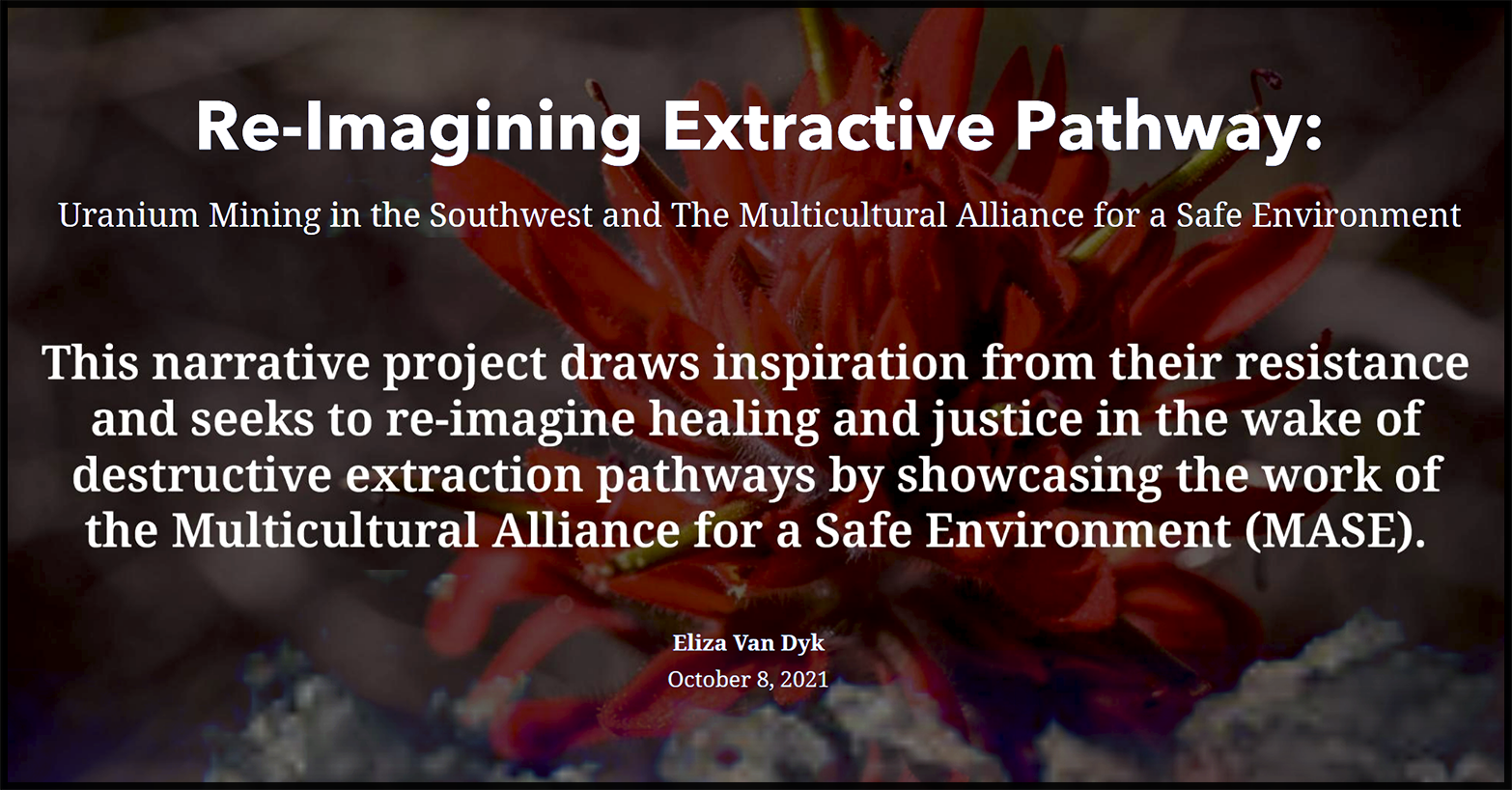MASE SUPPORTS EPA DECISION THAT WILL PROTECT URANIUM IMPACTED COMMUNITIES
EPA Signs Action Memo to Move Uranium Mine Waste from Churchrock to Red Rock Landfill
For Immediate Release: January 7, 2025
Contacts:
Teracita Keyanna – Red Water Pond Road Community Association
terrykeyanna@yahoo.com 505-979-0552
Susan Gordon – Multicultural Alliance for a Safe Environment
sgordon@swuraniumimpacts.org 505-577-8438
Chris Shuey – Southwest Research and Information Center
sric.chris@gmail.com 505-350-0833
MASE SUPPORTS EPA DECISION THAT WILL PROTECT URANIUM IMPACTED COMMUNITIES
EPA Signs Action Memo to Move Uranium Mine Waste from Churchrock to Red Rock Landfill
Navajo people living with uranium mine wastes in the Churchrock area since the late 1960s today praised a decision by the U.S. Environmental Protection Agency (USEPA) that will pave the way for disposal of more than 1 million cubic yards of wastes at a regional landfill property where it can be safely stored forever.
EPA’s decision means that the low-level radioactive waste at the Quivira Mining Co. Churchrock Mine will be transported and disposed at the Red Rock Landfill property located approximately six miles east of the Village of Thoreau. The Red Rock Landfill property is owned by the Northwest New Mexico Regional Solid Waste Authority (NNMRSWA).
Residents of the Red Water Pond Road and Pipeline Road communities welcomed the decision, saying that disposing of the Quivira mine waste in a properly engineered disposal cell protects their communities and lowers the overall risk to current and future generations and to natural resources.
“I feel as though our community finally has something of a win,” said Teracita Keyanna, a member of the executive committee for Red Water Pond Road Community Association (RWPRCA). “Removing the mine waste from our community will protect our health and finally put us back on a positive track to Hózhǫ (balance).”
“I think this decision empowers grassroots organizations like ours and our allies continue to advocate and educate to clean up hundreds of abandoned uranium mines that threaten our Diné communities every day,” Keyanna said.
Since 2006, RWPRCA has advocated for removal of ALL uranium wastes from the community, including the United Nuclear Corporation uranium mill tailings, the Northeast Church Rock Mine waste, and Kerr-McGee/Quivira Mine waste. In 2011 and 2013, USEPA and the Nuclear Regulatory Commission approved a plan to place 1 million cubic yards of wastes from NECRM on top of the existing tailings pile located half a mile from RWPRC village. Thus, neither of those wastes will be removed from the communities.
The Red Rock Landfill receives municipal wastes from McKinley and Cibola counties and Navajo Nation communities as far away as Tuba City. The potential site for a uranium disposal cell is located on acreage separate from the existing municipal waste disposal area of the 640-acre site located next to the now-closed Escalante power plant.
The announcement of EPA’s selection approving waste disposal at the Red Rock Landfill property starts the next steps in a years-long process that will require NNMRSWA to apply for solid wastes permits from the New Mexico Environment Department to cover construction, long-term monitoring, and bonding to ensure closure. NNMRSWA will need to show that operations can meet regulations that will be protective of ground water, air and soil for decades, while protecting public health. All permit applications will provide several opportunities for public comment and hearings. New Mexico regulatory agencies can provide leadership for state-of-art uranium mine waste management.
Edith Hood, president of RWPRCA states, “Our community has lived with uranium mining since the late-1960s, and many of us suffer chronic health problems and a degraded homeland as a result. We advocate for a regional approach to addressing remediation of nearly 100 abandoned uranium mines in the Eastern Navajo Agency. We are committed to making sure the removal of mine waste from our community does not threaten the health and safety of our Diné neighbors.”
EPA’s decision reflects findings of recent health studies showing that living near unremediated abandoned uranium mines increases disease risks among local residents, said Chris Shuey, an environmental health specialist at Southwest Research and Information Center in Albuquerque, who has documented mining and milling impacts in the Churchrock area for 40 years.
“Removing mine wastes from Navajo communities to engineered, regional disposal sites is a public health imperative,” Shuey said, noting that more than half of all Navajo chapters have one or more sources of unhealthy uranium exposures. “The Federal Government must continue looking for suitable sites for long-term disposal of mine wastes to protect current and future Navajo populations.”
Presently, there are no disposal facilities dedicated to accepting uranium mine wastes within 350 miles of the Navajo Nation. USEPA says more than 520 abandoned mines have been documented on the Navajo Nation, and that that number likely underestimates the burden of radioactive and toxic wastes in Diné communities.
https://www.epa.gov/navajo-nation-uranium-cleanup/quivira-mines






